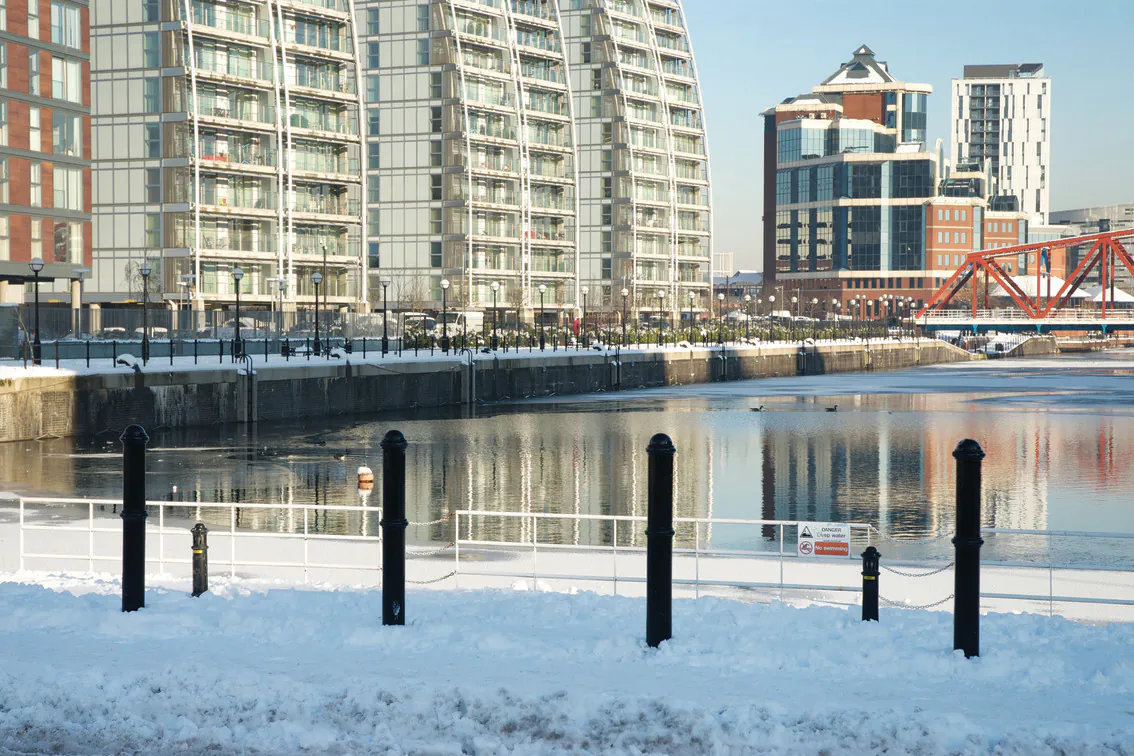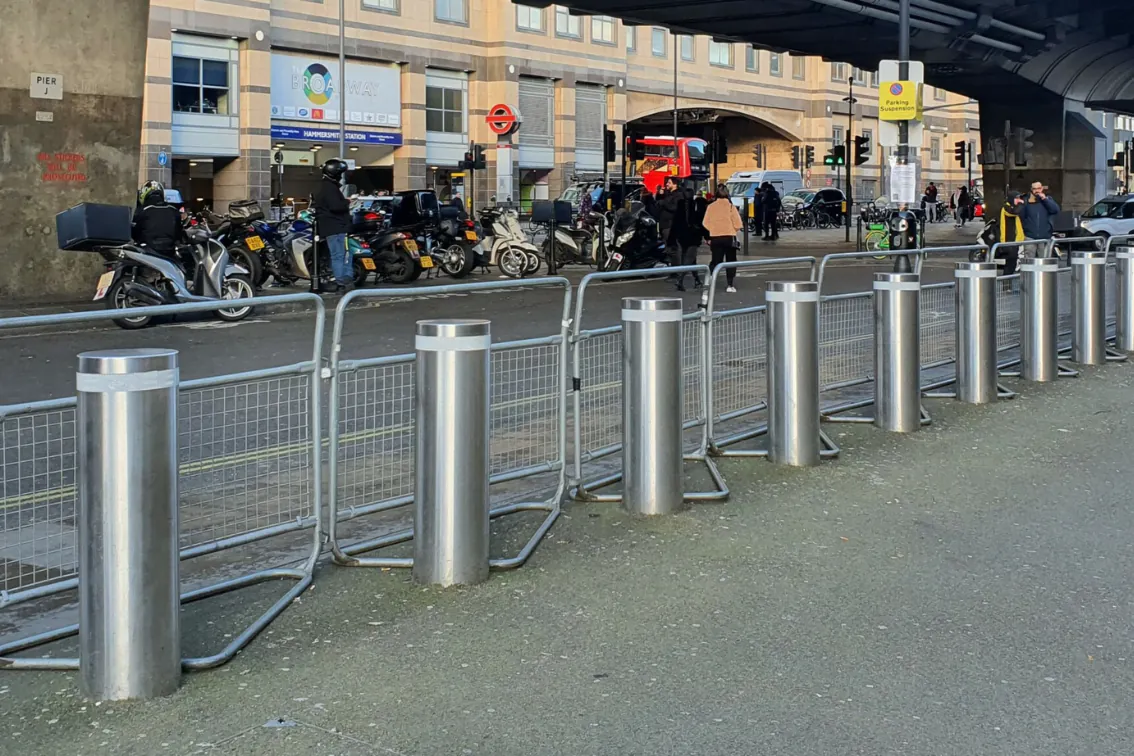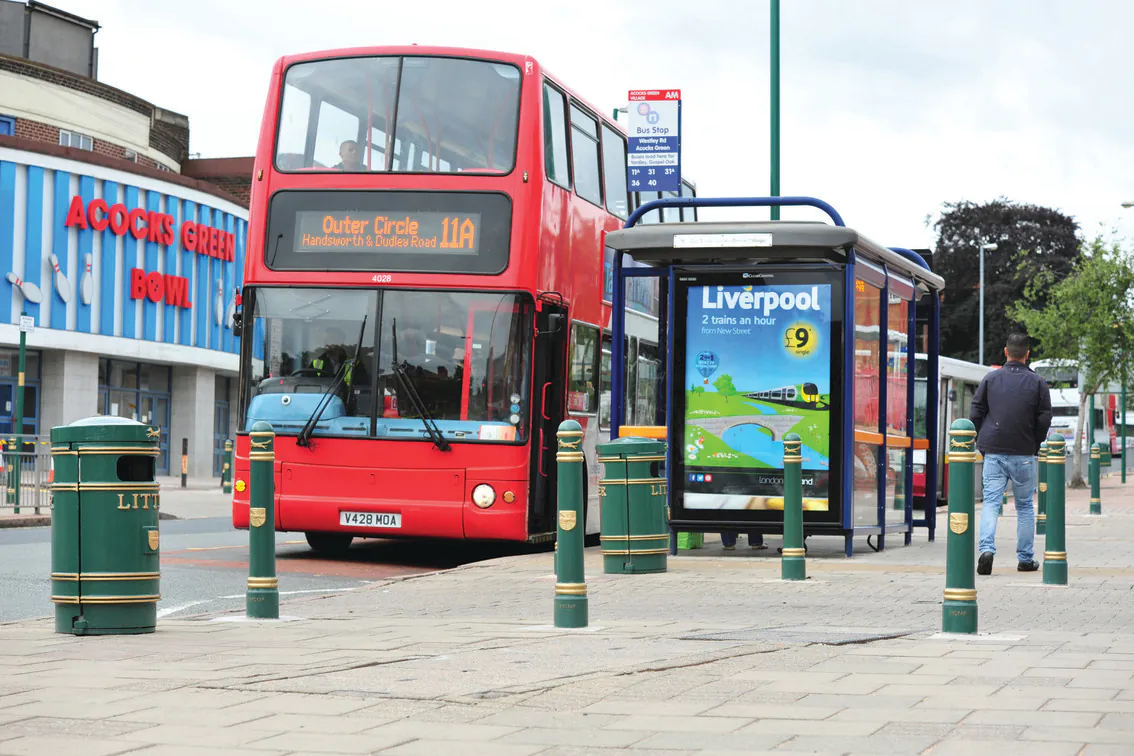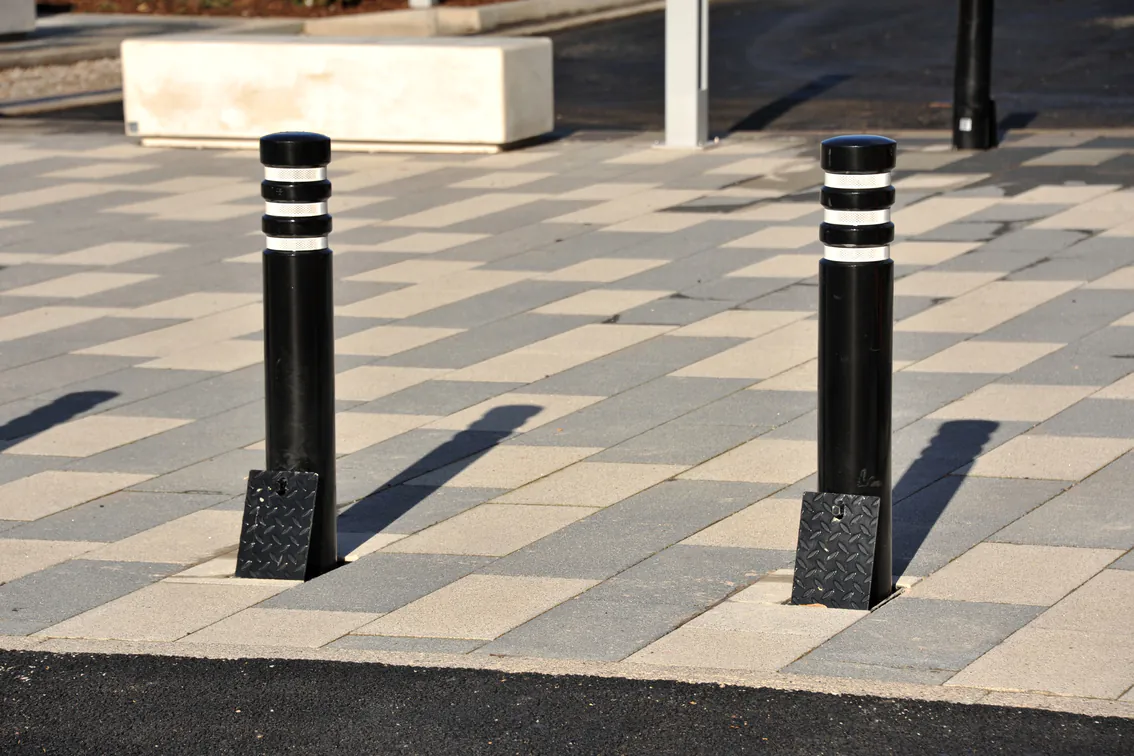Public spaces work best when they feel open, safe, and easy to navigate. Whether you’re protecting a building, shaping pedestrian flow, or simply adding structure to a space, a clear bollards specification can save time, cost, and complications later on.
Understand the Site Context
Before choosing any bollard, it’s important to look closely at how the space actually works day-to-day. Consider how pedestrians and vehicles move through the area, and where the most congestion happens. Pay attention to space constraints too, narrow pavements and heavy footfall can all influence the type and spacing of the bollards you choose.
Environmental conditions matter as well. Coastal locations may need higher corrosion resistance, while areas prone to consistent freezing temperatures or heavy rainfall might call for more robust materials and finishes. And if the site sits in a heritage or conservation zone, you may need designs that blend with the surrounding architecture.




Choose the Right Material and Installation Type
Once the context is clear, selecting the right material becomes much easier.
- Steel bollards offer strength and reliability at a good cost point.
- Stainless steel bollards provide a premium look with high corrosion resistance.
- Concrete bollards are ideal for robust protection in busy or high-risk areas.
- Timber bollards add warmth and sustainability benefits.
- Recycled plastic bollards can balance sustainability, durability and design.
Each material has its advantages, but what matters is choosing one that aligns with the environment and the role the bollard needs to play.
Click here to see our full Bollard Buying Guide for all the details.
Assess Safety and Compliance Requirements
Safety is often the driving force behind bollard specification, so it’s important to understand the standards and performance levels your project may need.
For high-risk or high-profile locations, impact-tested bollards, rated to standards such as IWA 14 or PAS 68, can provide essential protection against hostile or accidental vehicle intrusion. Click here to browse our PAS 68 product range.
Accessibility should sit alongside safety from the start. Bollards need to be clearly visible to all users, with appropriate contrast, spacing, and positioning so they guide rather than obstruct. In some cases, adding reflective bands or lighting can improve visibility at night without compromising the design.
The goal is to ensure the bollards enhance safety, protecting people, assets, and the wider public realm in a way that feels intuitive and inclusive.




Aesthetic and Design Integration
Bollards should also fit naturally into their surroundings. Matching the look and feel of existing street furniture helps create a cohesive, inviting public space that feels thoughtfully designed rather than cluttered.
Colours, finishes, and materials that complement nearby benches, lighting, and signage work well, and customisation options like branded logos add personality and reinforce local identity.
Installation Considerations
Ground conditions and existing underground utilities can affect how deep foundations need to be and what kind of reinforcement is required to install bollards.
If the site has limited space or existing infrastructure, removable bollards may be a better choice to avoid costly excavation or disruption.
Working closely with engineers, manufacturers, and installers from the start helps anticipate challenges and ensures a smooth installation that meets both performance and safety goals.


Specifying Bollards with Confidence
Choosing the right bollards for public spaces is about understanding how they’ll perform, fit and last in real-world conditions. By collaborating early with Broxap to consider the design, safety standards and installation all together, you set your project up for success from the start.
With thoughtful specification, bollards become a seamless part of creating safe, attractive, and welcoming public spaces.
